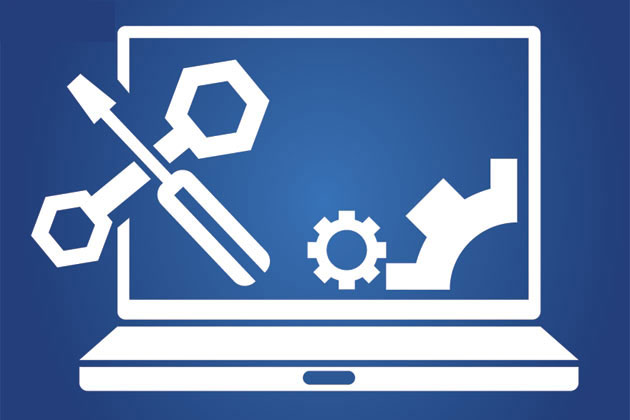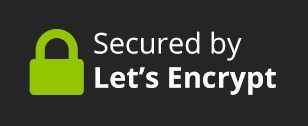How to speed up the translation process

INTRODUCTION
In the last decade or so, computer aided translation has come a long way in speeding up document translation. Many tools are now at your disposal; everything from grammar and spell check to sophisticated linguistic analysis. Still, without intelligent human intervention, a poorly monitored translation process is likely to result in embarrassing disaster. While tools like spell check equipped with a good dictionary might yield acceptable results, other “sophisticated” programs like Google Translate might easily deliver tragic comedy.
Use of the right set of automated translation tools in combination with expert input (a native speaker) with proper planning is still the best and fastest way to properly translate documents of almost any type.
EFFECTIVE LANGUAGE APPS & PROGRAMS
- Spell check
- Grammar check
- Terminology managers and databases
- E-Dictionaries
- Terminology databases
- Full-text search tools and indexes
- Translation memory systems
PLANNING
It is a good idea to accurately budget the time expected to accomplish each step in the process which includes:
- Research
- Content creation
- Editing
- Review
- Liaison with service provider
- Translation
- Final approval
CONTENT CREATION
Whenever possible, write using simple phrases with short sentences. Be as concise as possible. In any case, simplicity and clarity of the input documentation is the first and foremost way to speed up the translation process. Organize your thoughts in a top-to-bottom logical order. Review final copy and be sure to remove all regional sayings, jargon and colloquial speech, as this makes it much harder to translate and localize in target language.
Wherever possible, submit final copy that will not be modified after the translation phase begins. Not obvious to all is the fact that changing text in the middle of the translation process is akin to throwing a monkey wrench into an engine, since translation process will need to be stopped, wasting time on communication and confusing translators.
LIAISE WELL WITH YOUR TRANSLATOR
It is also a very good idea to talk IN ADVANCE with your translator (or service) so it’s clearly understood what you want and need. Like this, they can plan themselves well ahead, be prepared to translate the document immediately once it is submitted and ask any issues beforehand. This will greatly speed up the entire process. If you can also supply a glossary of niche terms specific to your industry or application, support documentation or other support material, it will surely speed up the process and it also tends to greatly improve the quality. Furthermore, translation agencies like WritePath do not charge for words that matches with the glossary, thus, greatly decreasing your costs.
TRANSLATION MEMORY AND SYSTEMS
Today, professional translation providers use two main software tools, Machine Translation and a Translation Memory Software Systems. Please take careful note that using Machine Translation is not greatly advised, contents should always be post-edited to make sure it’s accurate and of high quality. Translation Memory Systems software is usually used in tandem to greatly assist and expedite translations. It does not replace, but instead, greatly enhances the human translation process.
What exactly is translation memory? Translation memory software tools essentially query a database containing words, catch phrases, sayings and even complete sentences equivalents in the target language. These memory databases can "learn" as you go by editing in new terms or correcting old entries in response to corrective action (such as a user complaint).
Benefits
- Efficiently handles technical documentation with specialized vocabulary
- Delivers translation consistency, including common definitions, phrasings and terminology
- Effective automatically translates documents with a wide variety of formats
- Accelerates the overall translation process; since translation memories "remember" previously translated material
- Reduces costs of large or long-term projects; such as a series of manuals
Problem Areas
- Translation memories can be applied in error
- Translation memory systems don’t support all documentation formats
- Users require education to use
- Good systems are not cheap (use service providers who already have a translation memory system)
SETUP A REVIEW PROCESS
Then, once you receive the final edited and translated copy, it is good practice to have a patron of the target language do a final double check on quality. Upon the thumbs up, your document should be good to go.
CONCLUSION
By following the simple methods proposed in this article one can effectively speed up the entire translation process and deliver timely translated documents that are accurate and coherent in the target language.
















